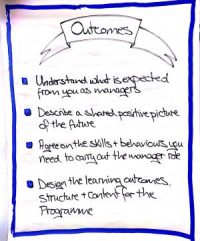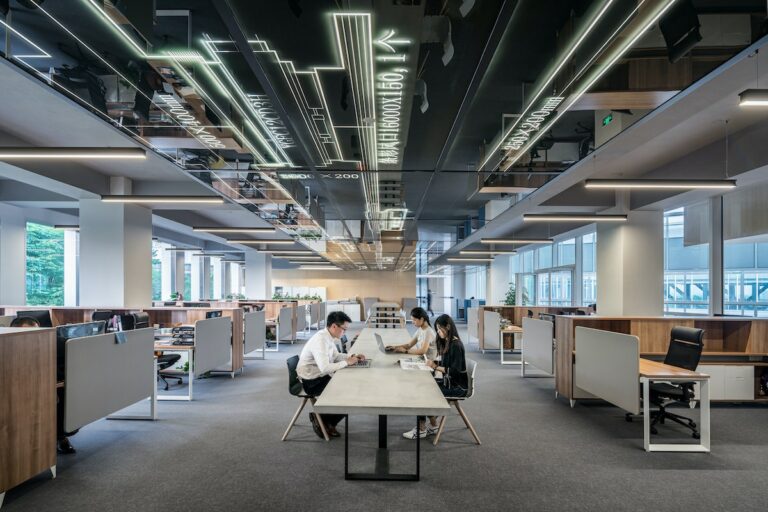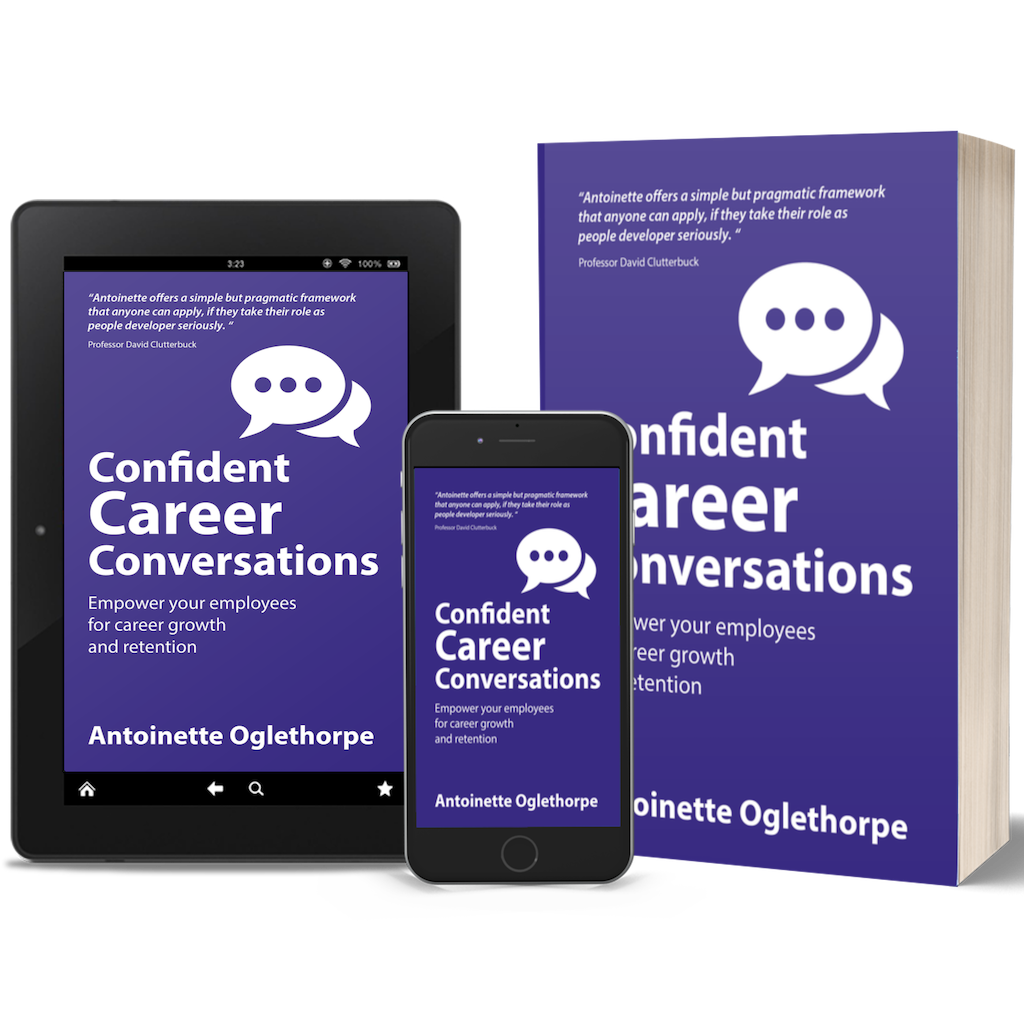A Year in the Life of a Manager Development Programme | Part Three
In The Surprising Truth About New Managers and Development, I mentioned the Development Programme would launch with a Co-Design Workshop. The aim was to agree the desired outcomes and content of the Programme. We held that workshop on 5 November so I thought I’d share the approach I took and what came out of it.
The Co-Design Workshop Session Plan
1. Welcome
Something that is important to me in any workshop is to create a positive, welcoming environment. It should inspire the desire to be there and help participants look forward to the event.
The best way I have found to do that is to behave as if I am the host of a party. I make sure the decor and surroundings set the tone. And I provide quality food and drink that matches the occasion. I wanted to clearly communicate that it was a collaborative workshop. Everyone was going to get involved and we would have fun doing it. So I had energising music playing in the background. There were colourful pens and toys on the table and decorative posters around the walls.
And I went out of my way to great each participant as they arrived. I introduced myself, shook their hand and offered them tea or coffee.
2. Big Picture 
I started the workshop with a big picture of what we want to achieve. We looked at what we’re going to cover and how we’re going to work together.
In this workshop, I wanted to set the tone that this was going to be different to other training. In particular, I wanted to respond to the plea for no “death by PowerPoint”. So, I used no slides. Instead, we went back to basics with flip chart paper and pens.
3. Success Through the Eyes of Your Stakeholders
The first item on the agenda was a session I called “Success through the Eyes of Your Stakeholders”. Every member of the senior management team joined us for the start of the workshop which was really valuable. They took the opportunity to provide an outline of the business strategy and to share what they expect from the participants as managers and what they will notice if this Programme is successful.
The feedback from the participants was that none of this came as a surprise but that it helped them to have it so clearly spelt out. And they were pleased to see how committed the senior management team were to the Programme and to develop them as managers.
4. Best Hopes
After the senior management team left, we moved on to participant introductions. And I took the opportunity to find out their best hopes from the Programme.
5. Cover Story Vision
By now, we had spent about 45 minutes sitting and talking. It was time to move to an activity and a different learning style. I asked the managers to develop a “Cover Story Vision”. This was the brief I gave them:
“It is now the end of 2016 and this Programme has accomplished everything that we most wanted. We have become so successful that a respected magazine featured the managers as its cover story. Your job is to spend the next hour describing what this cover story says. What’s featured on the cover? What are the major headlines and images? What are the sidebars and quotes? Remember, the story has already been written. If you find you can’t recall the details, JUST MAKE IT UP!”
This was a great activity. The managers worked together to come up with their Cover Story. For client confidentiality, I can’t share it with you but it allowed us to identify the qualitative and quantitative measures that would tell us if the Programme is successful.
Measures and signs of success included:
Improvement in Employee Survey results (Employee Satisfaction, Career Progression, Motivated Employees
Better staff retention
Internal progression of employees
Business growth
Customer retention
Increase in rankings in “Great Place to Work” Survey
High Customer Service Award from Gartner Magic Quadrant
Trusted employees – hardworking, supportive and positive work culture
Training and Mentoring Programmes in place to empower, up skill and develop employees
Identifying these measures allowed us to find out the benchmark data in each of these areas so we can evaluate progress over the next 12 months.
6. Game Plan
With an exciting, energising and inspirational vision in place, we were then able to think about what managers would need to be able to do to turn this vision into reality. Every time the managers identified something they would need to do or be better at they wrote it on a post-it note.
In total, we ended with 16 post-it notes. That will form the content of the Development Programme. Now, all we needed to do was decide in what order we would cover it. I posted a blank Game Plan on the wall and together we placed the post-its in the squares corresponding to the different workshops.

7. Naming the Programme
The final task of the Workshop was to name the Programme. Until now, the Programme had simply been called “Manager Development Programme”. How terribly uninspiring! I asked the managers to come up with a name for the Programme that summed up what they wanted to gain from it.
Their answer? The Carlsberg Programme (If Carlsberg made places to work….!) Brilliant! If you’re a bit lost by that reference, the UK website of Carlsberg may provide some enlightenment.
8. Personal actions and commitments
This workshop was simply to design the Programme not to start it. But the activities we had completed started the managers thinking. And they identified actions they could take immediately to make progress.
Reflection and Review
Reflecting on the Co-design Workshop how do I think it went?
1. What worked well?
All the sessions worked well so I wouldn’t change them or the order.
I was pleased I didn’t use PowerPoint. One of the Senior Managers said she felt that marked it out as new and different and gained people’s attention.
The Senior Managers being there at the start of the Workshop was particularly valuable. They set the tone by sharing their views and hopes so openly.
Developing the Cover Story Vision really started to get the managers thinking and taking ownership for what they want to achieve in the business. And it helped them identify small steps they could take to make progress immediately.
2. What would I change or do differently?
Not a lot to be honest so I’d love your thoughts, ideas and feedback. One thing I do need though is to modernise the music on my playlist!
Next steps in the Manager Development Programme
Find out by reading the Manager Development Programme blog post series here.




1 thought on “How to Design a Development Programme Managers Will Love”
I can help with that! 🙂
(Can we sneak in a bit of Duran Duran though?)